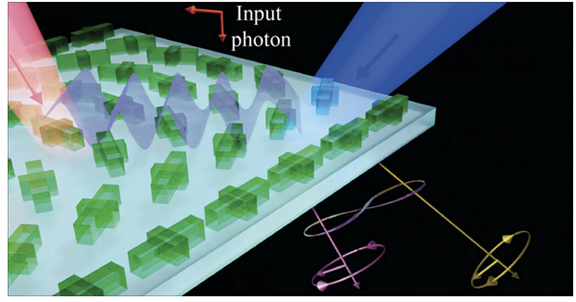Scientists at DOE/SLAC National Accelerator Laboratory demonstrated the observation of atoms moving in a tiny quantum electronic switch as it operates. They also discovered a new material state that could mean faster, more energy-efficient computing and made the first snapshots of atoms moving inside one of the switches as it turns on and off.
This is the first-time researchers used ultrafast electron diffraction to detect tiny atomic movements in a material by scattering a powerful beam of electrons off a sample and observe an electronic device as it operates. Their snapshots, taken with SLAC’s ultrafast electron diffraction camera MeV-UED, were strung together to create a molecular movie of the atomic motions, showing subtle changes in the arrangement of their atoms over billionths of a second.
In the process, the team discovered a new, intermediate state within the material created when the material responds to an electric pulse by switching from the insulating to the conducting state.
The research team from the Department of Energy’s SLAC National Accelerator Laboratory, Stanford University, Hewlett Packard Labs, Penn State University and Purdue University described their work in a paper published in Science today. Science, 2021; 373 (6552): 352 DOI: 10.1126/science.abc0652
Original Release: Science Daily

